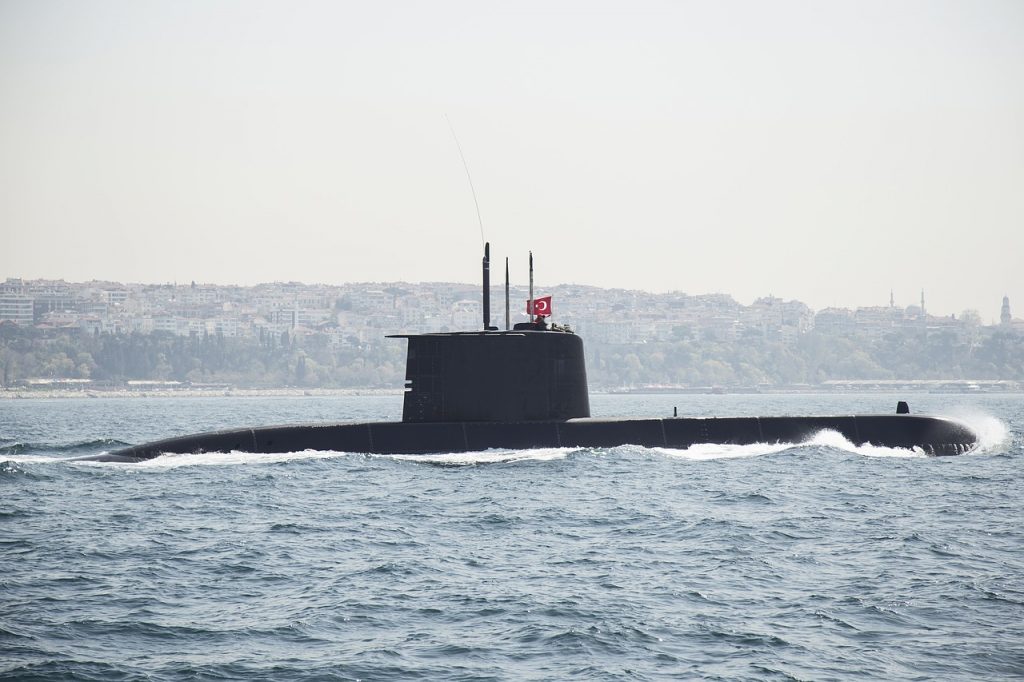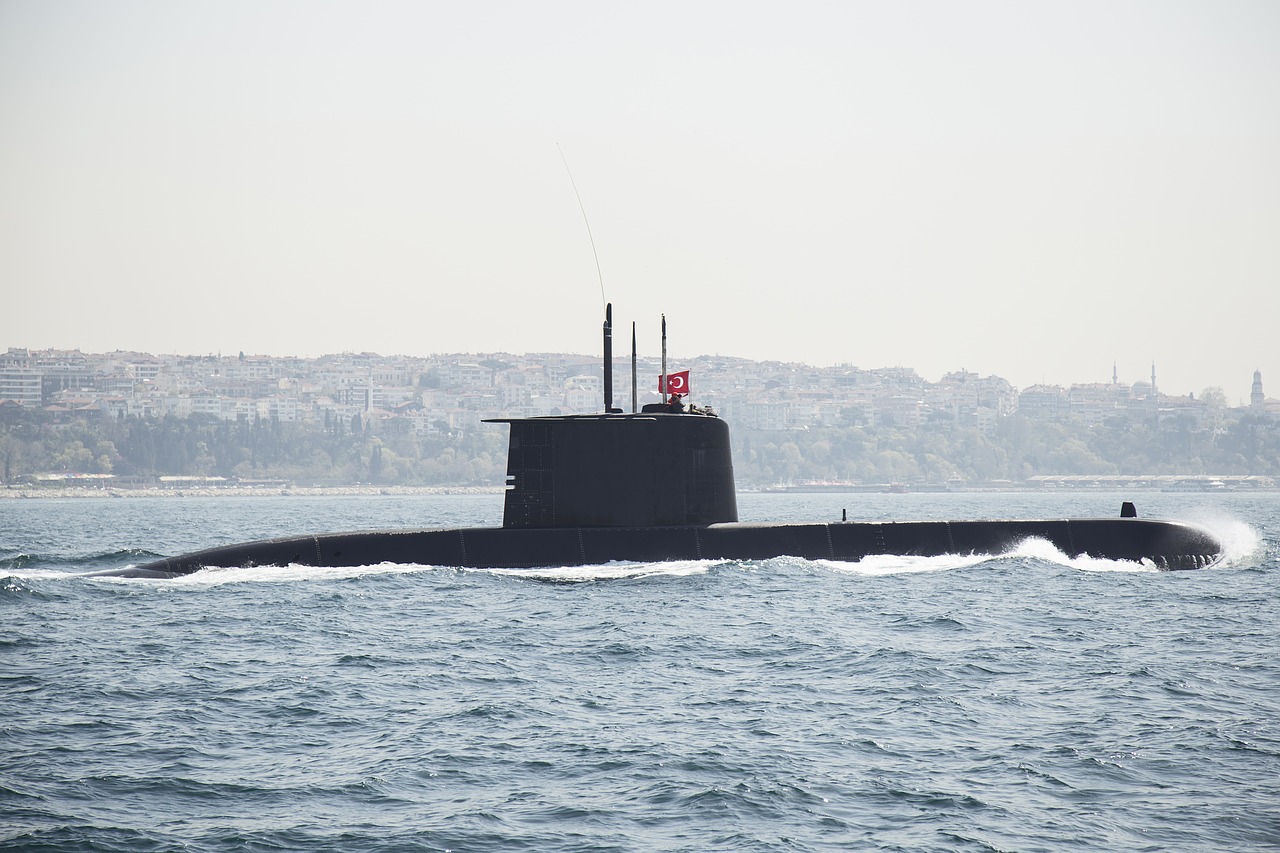
China striving to become a blue-water power, increasing the number of nuclear-powered submarines are critical to its strategic plan.
While earlier the nuclear-powered submarine fleet of the Chinese Navy was constrained by its limited construction capacity given that it had only one shipyard to produce such submarines, in recent years, it has taken strategic steps to massively enlarge this shipyard. According to recent satellite images, this submarine shipyard has undergone additional capacity expansion.
China’s Bohai Shipyard
China can now produce nuclear-powered submarine at a much faster rate than earlier envisaged. Just exactly how many it can produce in the next decade remains a hot topic of discussion though.
According to the recent forecast from the Office of Naval Intelligence (ONI), China’s nuclear submarine fleet is likely to see the addition of 6 nuclear-powered attack submarines by 2030. Other observers, including retired Capt. James Fanell, who was the Director of Intelligence and Information Operations in the U.S. Navy’s Pacific Fleet, place that number much higher. What everyone seems to agree on is that the number of nuclear submarine in China’s fleet will increase significantly.
Recent analysis of commercial satellite images reveals, China’s Bohai Shipyard at Huludao is likely to have a new construction hall, which appears to be essentially identical to the one Beijing built in 2015. It is widely believed that this new construction hall will be where Beijing will build a new generation of nuclear submarines.
The new hall is estimated to be large enough to allow the construction of two submarines at the same time. Upon commissioning it is expected to allow the docking of four boats in the sheds at once. Further, analysis also suggests that there is another, a much older construction hall at the other end of the site which, if it is still active, could add another construction hall. This brings the total number of submarines China can build parallelly to around four or five.
China’s nuclear submarines includes both, attack submarines (SSN) and ballistic missile submarines (SSBNs). Since China builds all of its nuclear submarines at its Bohai shipyard, its capacity is a major factor in its total fleet strength.
Improving strike capability.
China is potentially building three new classes of submarines at Bohai. While the most straightforward one is the Type-09IIIB, which is also sometimes referred to as Type-093B, which is an iterative improvement on the current Type-09IIIA Shang-II Class submarine, with its main improvement expected to be the inclusion of cruise missiles in vertical launch tubes.
These vertical launch tubes are strategic since it allows the sub to carry cruise missiles thus improving its strategic strike capability. The YJ-18 cruise missiles are generally analogous to the Russian Kalibr family of missiles. China already uses the Kalibr family of missiles for some of its submarines.
China is also expected to build the Type-09III family of submarines, which are next-generation Type-09V Tang Class, Type -095. They are also more stealthy.
China is also projected to build its next-generation ballistic missile submarine (SSBN), with the Type-09VI, Type-096, set to follow the current generation Type-09IV Jin Class, Type-094. Beijing is expected to increase the six Type-09IV subs rather than replacing them, thus essentially boosting its SSBN fleet.
The 2020 China Military Power Report to Congress projected an increase to eight SSBNs by 2030.
U.S. Response
Beijing naval capacity augmentation has not gone unnoticed in Washington. As a response the U.S. Navy has outlined its Battle Force 2045 framework, with U.S. Defense Secretary Mark Esper saying, Washington must build at least three Virginia Class submarines per year. Doing so will provide a “larger and more capable submarine force”.
This proposed force will include 70 to 80 attack submarines, which have been described as “the most survival strike platform in a future great powers conflict”.
While we are still gathering more details on China’s expansion of its Bohai shipyard, we have yet to see any submarines roll out of the new halls. It is also possible that the halls may be intended for some other purpose, altogether.
The takeaway is that, China is pushing forward its submarine building capabilities. The expansion work at its Bohai Shipyard at Huludao is likely to remove constraints which previously limited the rapid expansion of its nuclear submarine fleet for its navy.





